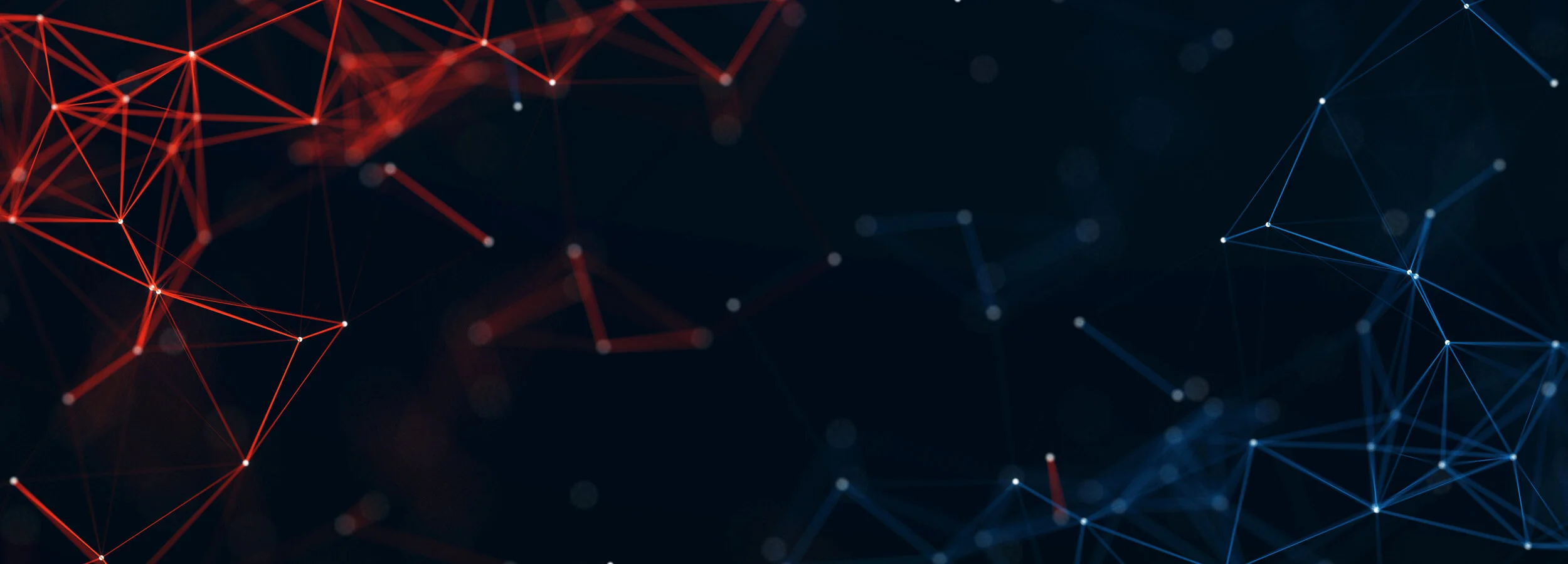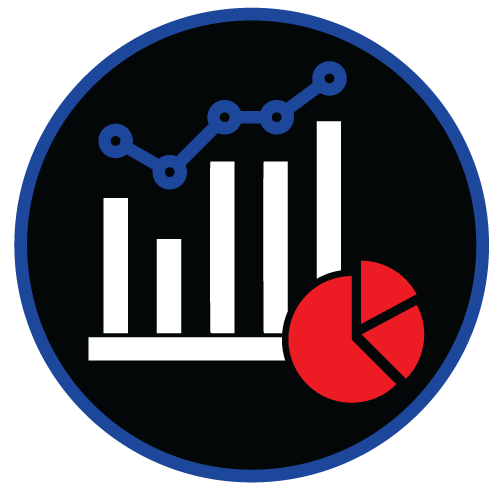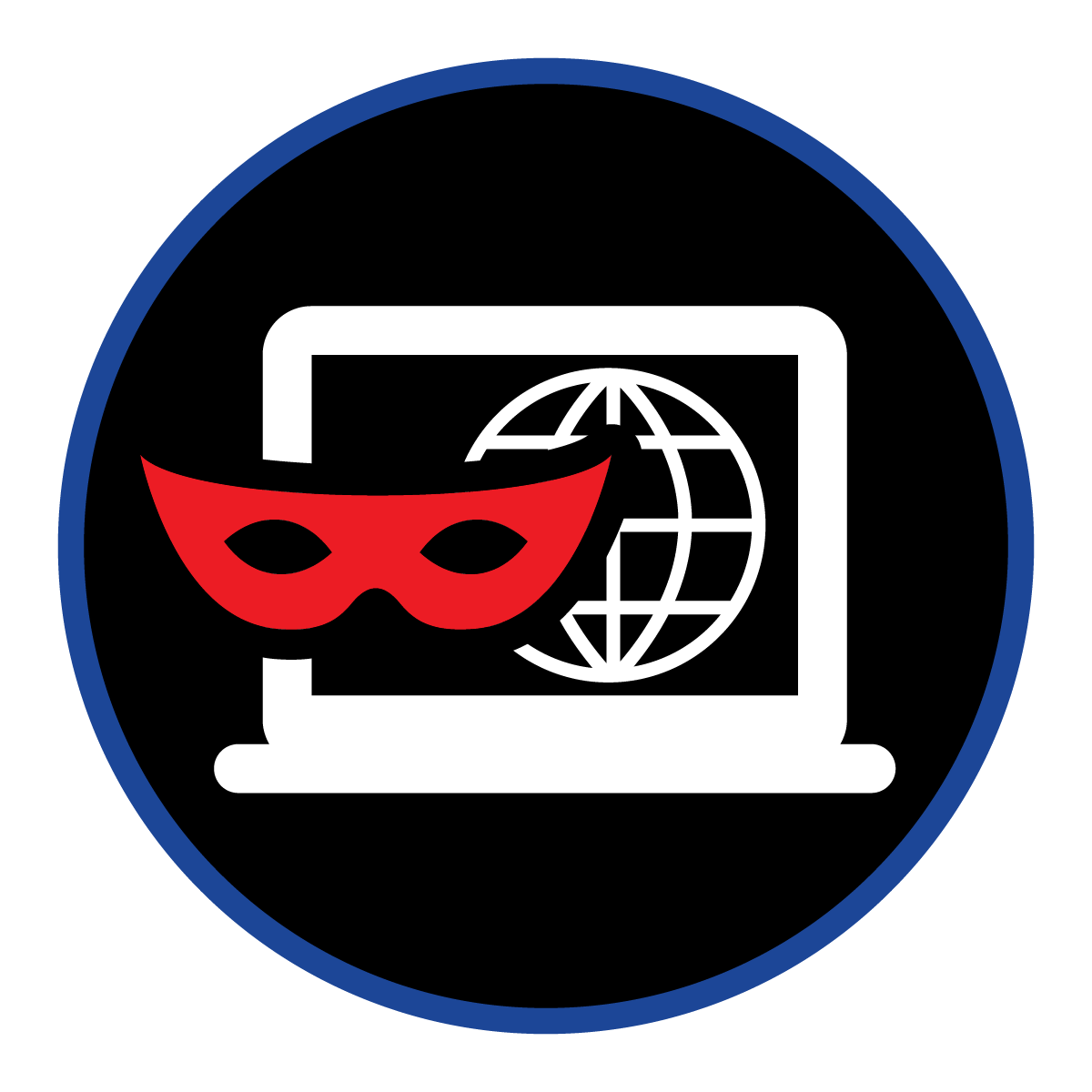
Brand Protection Frequently Asked Questions (FAQ)
Safeguarding Your Brand in the Digital Age: ThreatNG's Brand Protection FAQ
In today's digital landscape, your brand is your most valuable asset. But how can you ensure your brand's reputation remains intact with the ever-evolving threat landscape? This FAQ delves into the world of brand protection, exploring the innovative solutions ThreatNG offers. Discover how to proactively identify and mitigate risks, safeguard your digital assets, and maintain a strong brand presence in the face of cyber threats.
General Questions
-
ThreatNG Brand Protection proactively identifies and mitigates risks to an organization's brand reputation across its digital footprint.
-
Brand protection is crucial because a strong brand reputation fosters trust, attracts customers, and enhances an organization's overall value. ThreatNG Brand Protection helps safeguard your brand by providing comprehensive visibility and risk assessment, proactive threat detection and mitigation, and extended protection for your supply chain.
-
ThreatNG Brand Protection caters to the unique needs of various roles and titles involved in brand protection by offering:
Comprehensive visibility and risk assessment: This benefits security-focused roles (CISO, Security Manager, Security Analyst) and IT and Risk Management roles (CIO, IT Manager, Risk Manager) by providing a holistic view of the organization's digital presence and potential vulnerabilities.
Proactive threat detection and mitigation: This benefits security-focused roles and IT and Risk Management roles by enabling them to identify and address emerging threats promptly.
Extended protection for the supply chain: This benefits security-focused roles, IT and Risk Management roles, and other roles like Head of Procurement by ensuring that third-party vendors and partners also maintain a strong security posture.
Tailored reporting: This benefits various roles, including Marketing and Branding roles (CMO, Brand Manager) and other roles like CEO and COO, by providing customized reports that cater to their specific needs and priorities.
Collaboration and decision-making tools: This benefits all roles involved in brand protection by enabling seamless collaboration and informed decision-making.
-
ThreatNG Brand Protection offers various features and capabilities that cater to the specific search requirements of different roles and titles:
Security-focused roles: Comprehensive digital footprint mapping, multi-channel intelligence gathering, and deep and dark web monitoring can be used to identify and assess potential threats and vulnerabilities across the organization's digital assets.
IT and Risk Management roles: Attack surface mapping, intelligence repositories, and security ratings can be used to evaluate the organization's overall risk posture and prioritize mitigation efforts.
Marketing and Branding roles: Sentiment analysis and social media monitoring capabilities can be used to track brand mentions, identify potential reputational risks, and manage online conversations.
Other roles: Tailored reporting and collaboration tools can be used to stay informed about the organization's brand protection efforts and contribute to decision-making.
-
ThreatNG Brand Protection uses comprehensive digital footprint mapping, multi-channel intelligence gathering, and proactive risk assessment.
-
Comprehensive digital footprint mapping involves delving into DNS records, subdomains, certificates, IP addresses, exposed APIs, development environments, and shadow IT resources.
-
Multi-channel intelligence gathering involves monitoring the internet for brand mentions, sentiment shifts, potential crises, leaked information, and dark web chatter.
-
ThreatNG Brand Protection uses comprehensive attack surface mapping, intelligence repositories, and supply chain and third-party risk assessment.
-
Comprehensive attack surface mapping involves discovering and inventorying digital assets, including domains, subdomains, social media, code repositories, and cloud services, to create a holistic view of the organization's attack surface.
-
Intelligence repositories are vast databases ThreatNG maintains, encompassing the dark web, compromised credentials, ransomware events, known vulnerabilities, and ESG violations.
-
ThreatNG Brand Protection uses tailored reporting for diverse stakeholders, prioritization based on risk levels, and comprehensive coverage across digital assets.
-
Tailored reporting involves providing different types of reports for stakeholders, including executive summaries, detailed technical reports, and inventory reports.
-
ThreatNG Brand Protection prioritizes vulnerabilities based on their potential impact on the brand, considering factors such as the type of vulnerability, its severity, and the criticality of the affected asset.
-
atNG Brand Protection uses continuous monitoring of the external attack surface, deep and dark web monitoring, and sentiment analysis.
-
Deep and dark web monitoring involves actively monitoring these areas of the internet for any mentions of the organization, its employees, or its brands.
-
Sentiment analysis involves tracking and analyzing online conversations to gauge public sentiment about the organization and its brand.
-
Intelligence Repositories act as a threat encyclopedia, providing real-world threat prioritization and actionable insights based on continuous monitoring.
-
ThreatNG Brand Protection uses role-based access control (RBAC), dynamically generated Correlation Evidence Questionnaires and centralized policy management.
-
Dynamically generated Correlation Evidence Questionnaires guide relevant team members through a structured investigation when a potential brand risk is identified.
-
Centralized policy management provides a centralized platform for defining and managing brand protection policies, ensuring team consistency and alignment.
-
ThreatNG Security Ratings Reporting prioritizes threats based on real-world risk and potential impact, using information from EASM, DRP, and intelligence repositories.
-
ThreatNG continuously monitors the organization's vast online presence, including domains, social media, code repositories, and the dark web, to proactively identify and assess potential threats, vulnerabilities, and emerging risks.
-
ThreatNG's digital sentinel capabilities cover domain intelligence, cloud and SaaS exposure, sensitive code exposure, online sharing exposure, sentiment and financials, archived web pages, dark web presence, technology stack, search engine exploitation, and social media.
-
ThreatNG uses business-driven security insights, including BEC & Phishing Susceptibility, Brand Damage Susceptibility, Breach & Ransomware Susceptibility, Cyber Risk Exposure, Data Leak Susceptibility, ESG Exposure, Supply Chain & Third Party Exposure, Subdomain Takeover Susceptibility, and Web Application Hijack Susceptibility.
-
ThreatNG leverages various intelligence repositories, including the dark web, ransomware events, compromised credentials, known vulnerabilities, ESG violations, SEC Form 8-Ks, bank identification numbers (BINs), and bug bounty programs, to provide proactive risk assessment and mitigation for brand protection.
Brand Protection Use Cases
-
ThreatNG Brand Protection is a versatile platform with various applications across the brand protection landscape.
Here are some of the ways ThreatNG Brand Protection can be used:
Protecting Against Brand Attacks and Reputational Damage:
ThreatNG Brand Protection actively safeguards your brand reputation by:
Brand Attack Mitigation: Detecting and responding to various attacks targeting your brand, such as social media attacks, website defacement, and DDoS attacks.
Reputational Damage mitigation: Identifying and addressing potential threats to your brand's reputation, such as negative publicity, online impersonation, and social media crises.
Preventing Financial Fraud and Other Threats:
ThreatNG Brand Protection helps prevent financial fraud and other threats by:
Credential Theft prevention: Monitoring for compromised credentials and suspicious activity that could lead to financial fraud or account takeovers.
Financial Fraud Prevention: Detecting and preventing fraudulent activities, such as phishing scams, payment fraud, and counterfeit products.
Malware Distribution prevention: Identifying and blocking the distribution of malware that could harm your brand or customers.
Monitoring and Protecting Digital Assets:
ThreatNG Brand Protection helps monitor and protect your digital assets by:
Dark Web Monitoring: Scanning the dark web for mentions of your brand, leaked credentials, or stolen data.
Data and Credential Leakage Monitoring: Detecting and preventing the leakage of sensitive data and credentials that could damage your brand.
Digital Asset Monitoring: Monitoring your digital assets, such as websites, social media accounts, and domain names, for potential risks and vulnerabilities.
Domain Abuse Detection: Detecting and preventing domain abuse, such as typosquatting and phishing attacks.
Executive Impersonation Detection: Identifying and preventing impersonation attempts targeting your executives.












